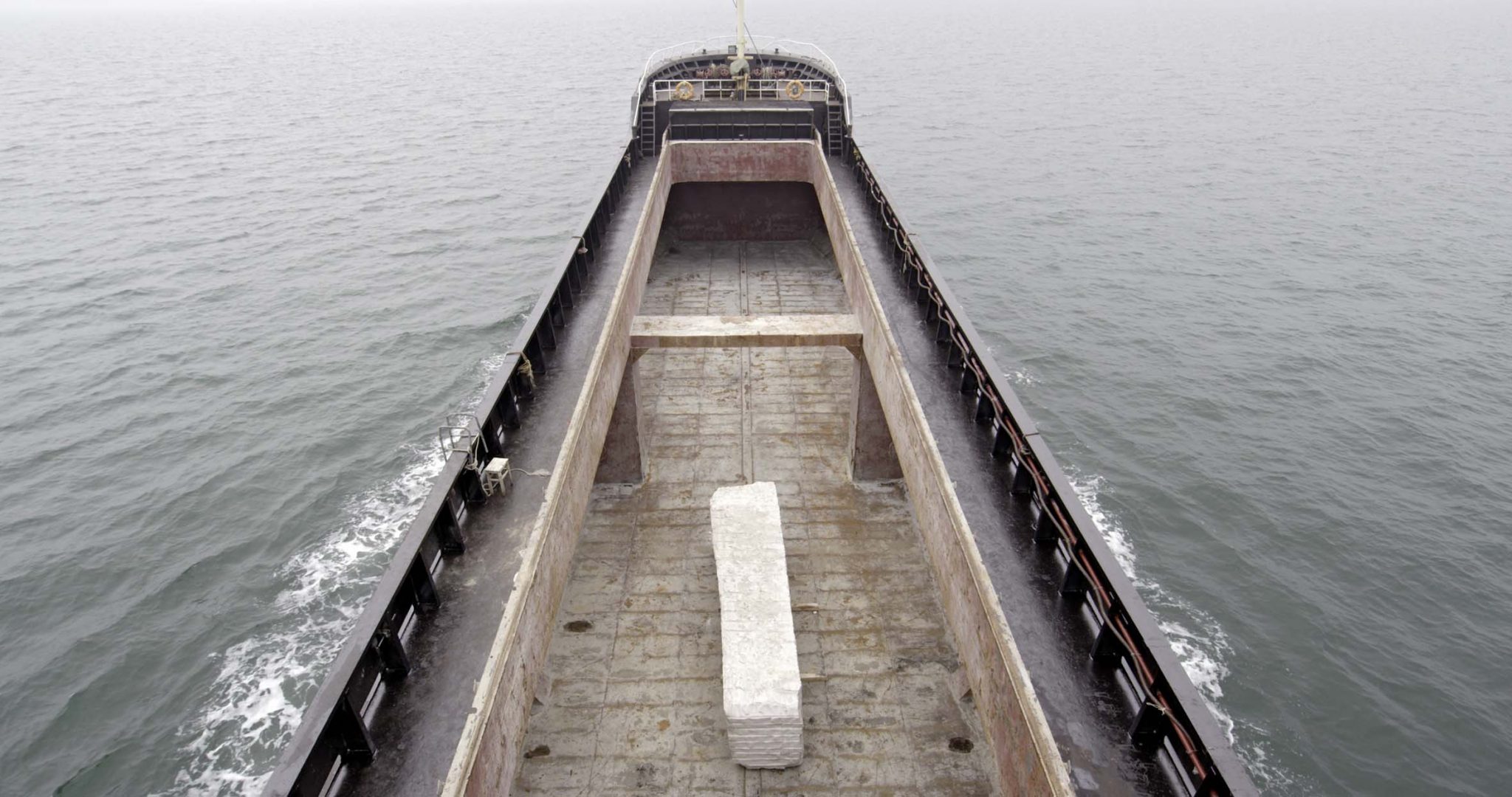Like Ecuador, the 12th Bienal de Cuenca, which opened this week through to 27 June 2014, has a growing reputation in the Latin American art scene, perfectly geographically positioned to focus on not just homegrown talent, but work by artists based in the expanding art hubs of Peru and Colombia too. ArtReview caught up with São Paulo-based Italian cocurator Jacopo Crivelli Visconti (alongside Rio de Janeiro-based Manuela Moscoso) to talk about introducing international artists to Ecuador, nomadism and residencies.
ArtReview: Could you tell me a little about the title of the biennale, r para volver (Leaving to return). What does it mean, and how did it come about?
Jacopo Crivelli Visconti: The title of the exhibition is based on the Ecuadorian expression ‘Ir para volver’ [leaving to return], which describes a physical and temporary absence, although this phrase doesn’t define how long this absence will be. We decided to use it as a title as, in the first place, it highlights the state of movement as one of the key themes of the exhibition, but more importantly this expression situates the 12th Bienal de Cuenca in the undefined field of speech, emphasising the importance of dialogue and of the mixture of apparently distant, disparate, and even opposed forms of knowledge.
The introduction to the biennale mentions ‘nomadic artworks’. Can you give me some examples of these and explain your interest in them, especially given the further reference to the Martinican writer Édouard Glissant?
The idea of ‘nomadic’ is very bright, as it refers both to artworks that were born out of a movement or during a physical displacement (as in Adrian Paci’s video The Column), but also to works in which the movement or exchange is between the artist who conceived the work, and the ones (it could be an artisan, the public, or even a spirit as in Saskia Calderón’s performance) who ‘complete’ the work. In that sense, Édouard Glissant’s understanding of knowledge as stemming from movement and relation, was very important as a general framework.
While there are European and north American artists included in the exhibition, there’s a firm focus on artists from Latin America. Is this for pragmatic reasons, or do you feel work by artists from the region particularly respond well to the biennale’s theme?
From the beginning, we wanted to focus on the particular region where Ecuador is situated, including a consistent number of artists from both Ecuador itself, and also from Peru and Colombia, countries that are without any doubt among the most interesting right now as far as contemporary artistic production is concerned. The Bienal de Cuenca has historically been a place where you could discover young Latin American artists, and although the geographical issue was not among our main concerns, it is an issue you have to consider when you organise a biennial.
There has also a residency programme attached to the biennale. How has that worked, have these artists been based in Ecuador?
Yes, the artists that came to Ecuador to do the residencies spent periods of time in Cuenca and other places in the country, but apart from that the format of the residency could vary. Jorge Satorre came twice, and produced all is works here in collaboration with local artisans, for example, while Sara VanDerBeek made a long trip through the country, and then produced the works in her studio in New York based on the experience. In general, I would say the residency programme was among the most interesting experiences, all the artists produced amazing artworks.
The biennial is in its twelfth iteration, what does it add to to Ecuador’s art scene?
The Biennial is a key moment for the Ecuadorian scene. This year, thanks to the incredible efforts and dedications of Katya Cazar, executive director of the Fundación Bienal, we were able to push this a little further. The international audience that came was outstanding, and many curators, gallerists and collectors told me that among their ‘discoveries’ were local young artists like Saskia Calderón, Adrian Balseca and José Hidalgo Anastacio.
This article was first published 2 April 2014
